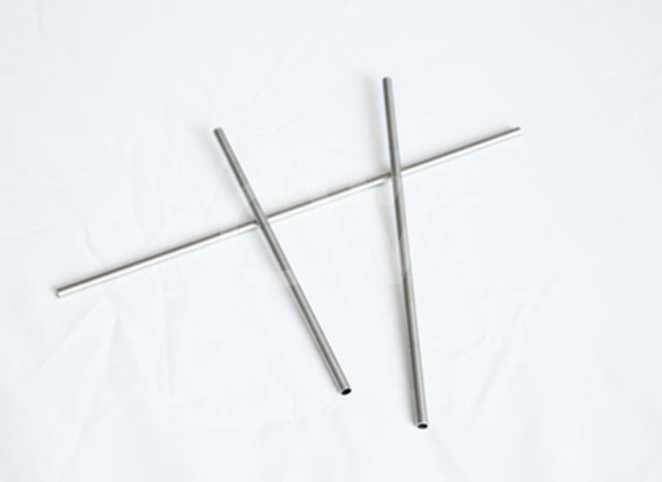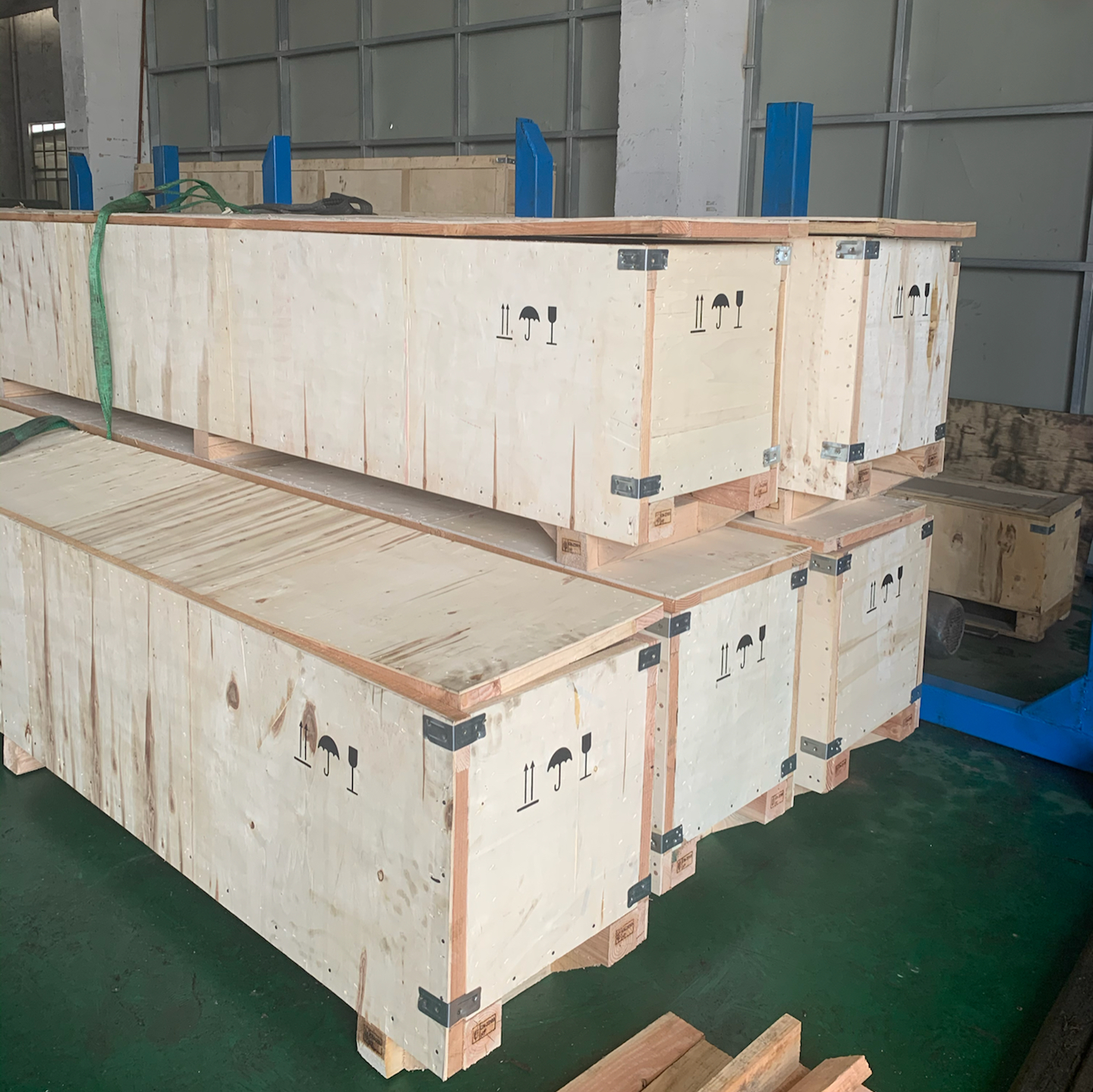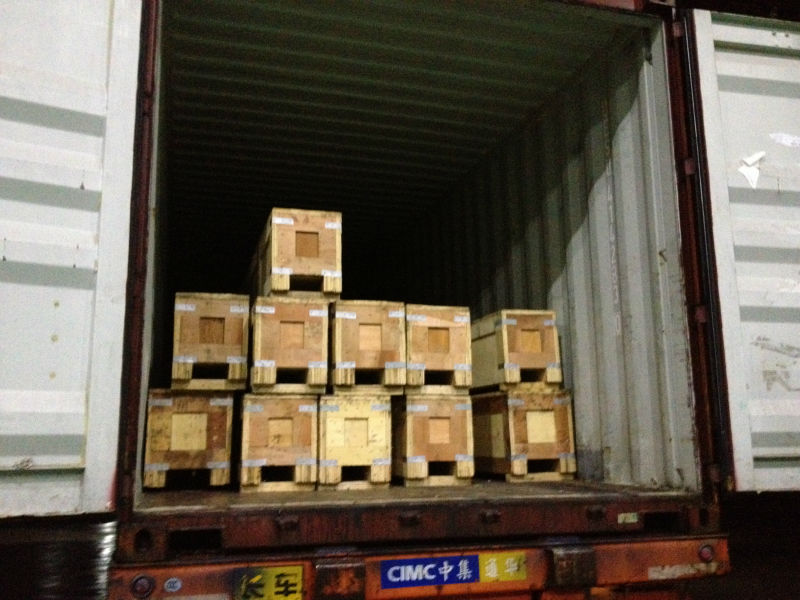T: +86-512-58335585
E: sale@chewit.cn
E: sale@chewit.cn
Shuangshan Road, Jingang Town, Zhangjiagang City, Jiangsu Province, China
stainless Steel
ASTM A269/312/249/554/789/790/268
304/316/316L/304L
| Availability: | |
|---|---|
| Quantity: | |


| Standard | Material Chemical Composition | ||||||||
| Grade | C | Si | Mn | P | S | Cr | Ni | Mo | |
| ASTM A269 ASTM A312 ASTM A249 ASTM A554 GB/T 12770 ASTM A789 ASTM A790 ASTM A268 | 304 | ≤0.08 | ≤1.00 | ≤2.00 | ≤0.045 | ≤0.030 | ≤18.0-20.0 | 8.0-11 | |
| 304L | ≤0.030 | ≤1.00 | ≤2.00 | ≤0.045 | ≤0.030 | ≤18.0-20.0 | 8.0-12 | ||
| SUS316 | ≤0.08 | ≤1.00 | ≤2.00 | ≤0.045 | ≤0.030 | 16.0~18.0 | 10.0~14.0 | 2~3 | |
| SUS316L | ≤0.03 | ≤1.00 | ≤2.00 | ≤0.045 | ≤0.030 | 16.0~18.0 | 10.0~15.0 | 2~3 | |
| Mechanical Performance | ||||
| Steel Grade | YS(Mpa) | TS(Mpa) | EL(%) | HRB |
| ASTM A269 ASTM A312 ASTM A249 ASTM A554 GB/T 12770 ASTM A789 ASTM A790 ASTM A268 | ≥205 | ≥515 | ≥35 | ≤90 |
| ≥170 | ≥485 | ≥35 | ≤90 | |
| ≥205 | ≥515 | ≥35 | ≤90 | |
| ≥170 | ≥485 | ≥35 | ≤90 | |
Description:
304 and 316 stainless steel pipes, designed for heating equipment, provide excellent corrosion and high temperature resistance. Made of high-quality stainless steel, these tubes are suitable for a wide range of high-temperature fluid transport and heating elements.

304 stainless steel is the most common stainless formula across industrial and consumer applications. With chromium and nickel alloys, 304 is resistant to many corrosion attacks. It’s also popular in a wide range of applications because no post-weld anneal (a reheating and slow cooling process that relieves stress in metals after exposure to high heat) is required.
316 stainless steel is similar in chemistry to 304 but also includes molybdenum. That addition makes it much more corrosion resistant. Like 304, the 316 formula does not require post-weld annealing.
316L stainless steel is almost identical to 316. The only difference is the carbon content. 316L’s lower carbon content imparts even better corrosion resistance than 316. 316L does not require post-weld annealing.
Electropolished 316L is also preferred in semiconductor manufacturing, but for a different reason. Semiconductor piping is not cleaned. Rather, these systems remain closed for extended periods of time to protect the purity of the production process. The smooth, corrosion-resistant 316L stainless steel piping ensures the purity of the gas traveling through it is maintained while eliminating entrapment areas for particulates to collect.
Surface Condition:
1.Bright Annealed
2.Polished
3.Annealed&Pickled
4.Bright Annealed+Fine polishing
5.Electropolishing
Delivery Status:
1.In coil
2.Long length straight pieces as per customer's requirements
3.Short length pieces(directly used by customer for making parts)
Application:
304 and 316 stainless steel tubes are commonly used in a variety of applications due to their strength, corrosion resistance, and durability. These tubes can be used in the construction of buildings, bridges, and other structures, as well as in the production of a variety of products such as pipes, tubing, and pipes fittings. They are also commonly used in the automotive and aerospace industries for fuel lines, exhaust systems, and hydraulic lines. In addition, they can be used for medical applications, such as for surgical instruments and implants.



Contact us:
Our professional team is ready to answer any questions you may have about 304 316 stainless steel tubing, including technical specifications, ordering process and delivery times. We look forward to working with you to provide you with high quality stainless steel tubing for heating equipment.


| Standard | Material Chemical Composition | ||||||||
| Grade | C | Si | Mn | P | S | Cr | Ni | Mo | |
| ASTM A269 ASTM A312 ASTM A249 ASTM A554 GB/T 12770 ASTM A789 ASTM A790 ASTM A268 | 304 | ≤0.08 | ≤1.00 | ≤2.00 | ≤0.045 | ≤0.030 | ≤18.0-20.0 | 8.0-11 | |
| 304L | ≤0.030 | ≤1.00 | ≤2.00 | ≤0.045 | ≤0.030 | ≤18.0-20.0 | 8.0-12 | ||
| SUS316 | ≤0.08 | ≤1.00 | ≤2.00 | ≤0.045 | ≤0.030 | 16.0~18.0 | 10.0~14.0 | 2~3 | |
| SUS316L | ≤0.03 | ≤1.00 | ≤2.00 | ≤0.045 | ≤0.030 | 16.0~18.0 | 10.0~15.0 | 2~3 | |
| Mechanical Performance | ||||
| Steel Grade | YS(Mpa) | TS(Mpa) | EL(%) | HRB |
| ASTM A269 ASTM A312 ASTM A249 ASTM A554 GB/T 12770 ASTM A789 ASTM A790 ASTM A268 | ≥205 | ≥515 | ≥35 | ≤90 |
| ≥170 | ≥485 | ≥35 | ≤90 | |
| ≥205 | ≥515 | ≥35 | ≤90 | |
| ≥170 | ≥485 | ≥35 | ≤90 | |
Description:
304 and 316 stainless steel pipes, designed for heating equipment, provide excellent corrosion and high temperature resistance. Made of high-quality stainless steel, these tubes are suitable for a wide range of high-temperature fluid transport and heating elements.

304 stainless steel is the most common stainless formula across industrial and consumer applications. With chromium and nickel alloys, 304 is resistant to many corrosion attacks. It’s also popular in a wide range of applications because no post-weld anneal (a reheating and slow cooling process that relieves stress in metals after exposure to high heat) is required.
316 stainless steel is similar in chemistry to 304 but also includes molybdenum. That addition makes it much more corrosion resistant. Like 304, the 316 formula does not require post-weld annealing.
316L stainless steel is almost identical to 316. The only difference is the carbon content. 316L’s lower carbon content imparts even better corrosion resistance than 316. 316L does not require post-weld annealing.
Electropolished 316L is also preferred in semiconductor manufacturing, but for a different reason. Semiconductor piping is not cleaned. Rather, these systems remain closed for extended periods of time to protect the purity of the production process. The smooth, corrosion-resistant 316L stainless steel piping ensures the purity of the gas traveling through it is maintained while eliminating entrapment areas for particulates to collect.
Surface Condition:
1.Bright Annealed
2.Polished
3.Annealed&Pickled
4.Bright Annealed+Fine polishing
5.Electropolishing
Delivery Status:
1.In coil
2.Long length straight pieces as per customer's requirements
3.Short length pieces(directly used by customer for making parts)
Application:
304 and 316 stainless steel tubes are commonly used in a variety of applications due to their strength, corrosion resistance, and durability. These tubes can be used in the construction of buildings, bridges, and other structures, as well as in the production of a variety of products such as pipes, tubing, and pipes fittings. They are also commonly used in the automotive and aerospace industries for fuel lines, exhaust systems, and hydraulic lines. In addition, they can be used for medical applications, such as for surgical instruments and implants.



Contact us:
Our professional team is ready to answer any questions you may have about 304 316 stainless steel tubing, including technical specifications, ordering process and delivery times. We look forward to working with you to provide you with high quality stainless steel tubing for heating equipment.